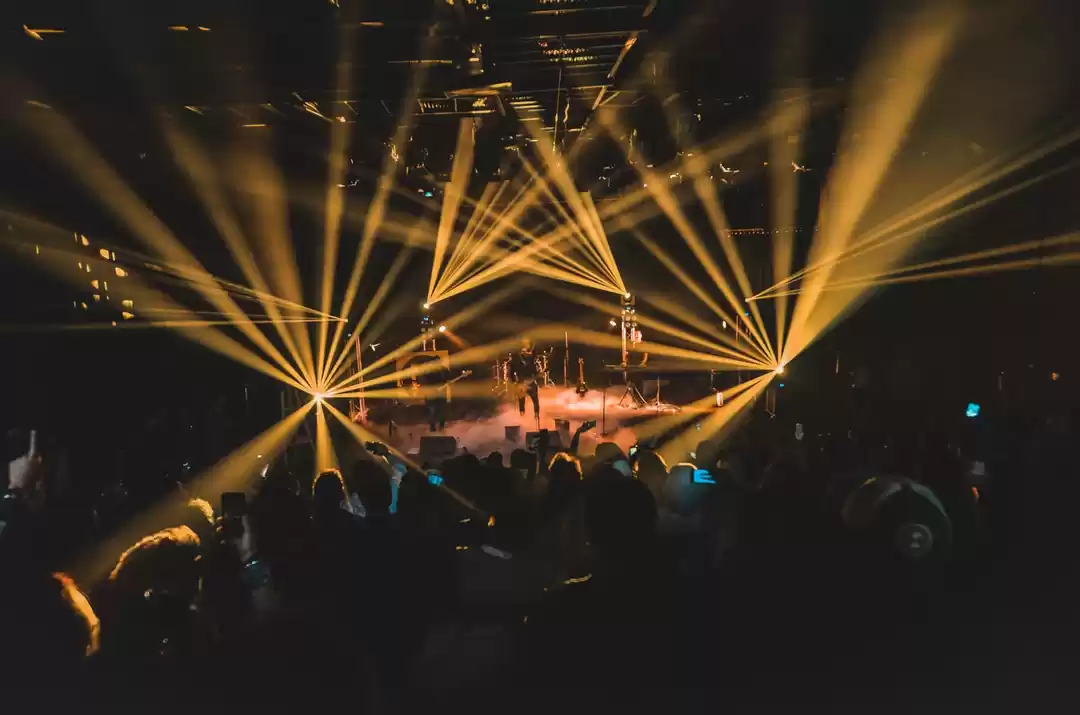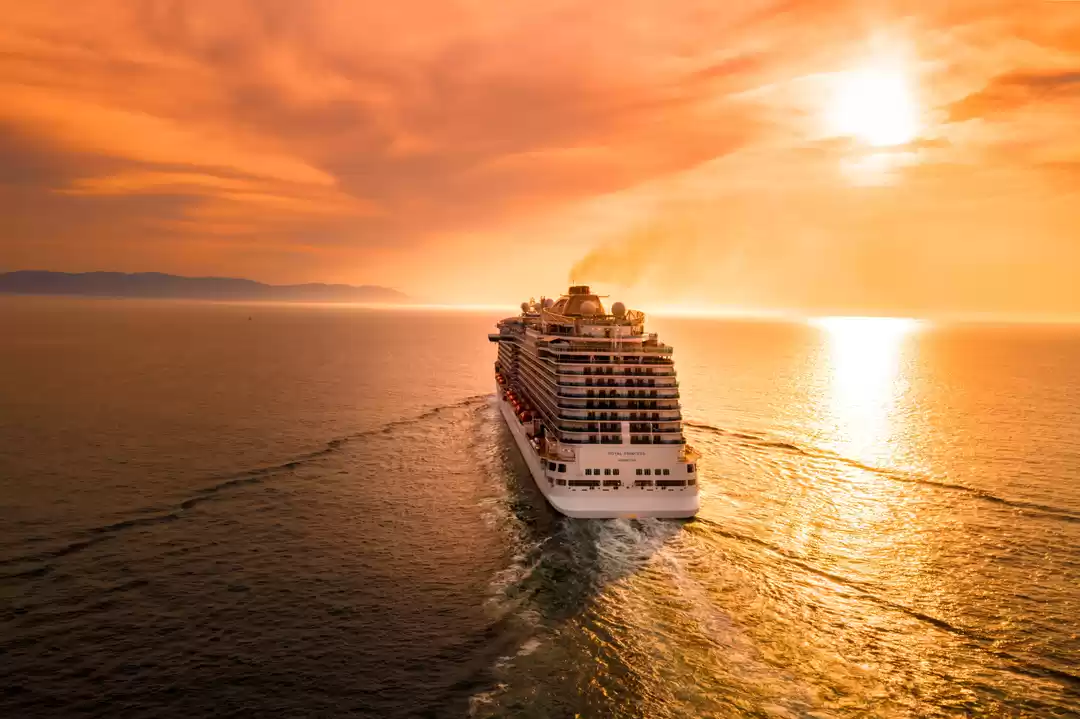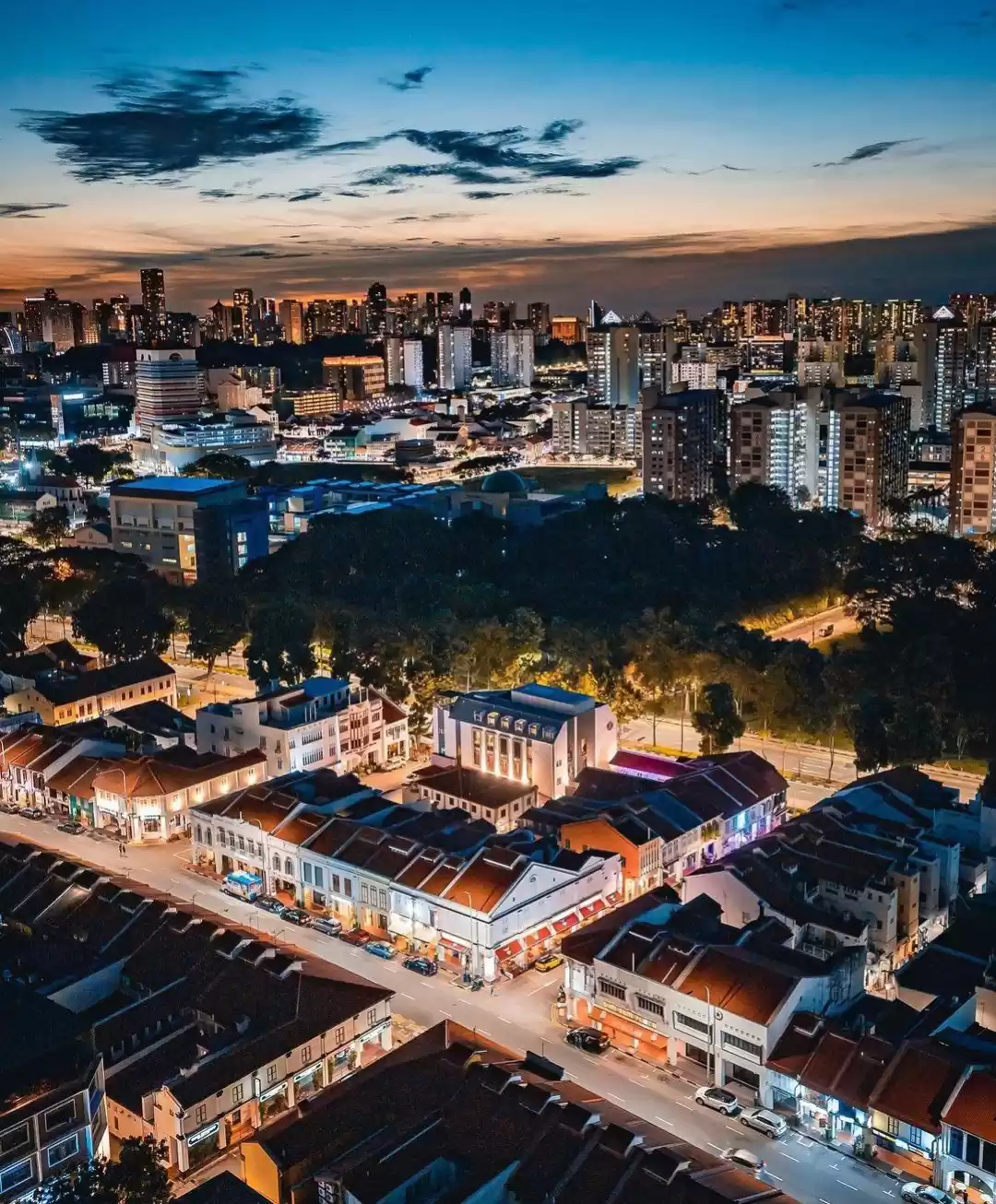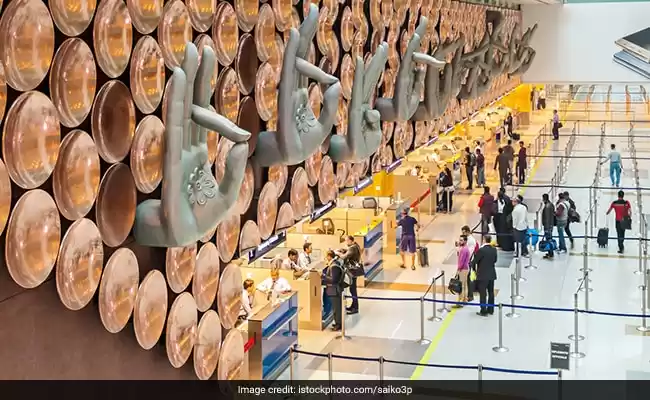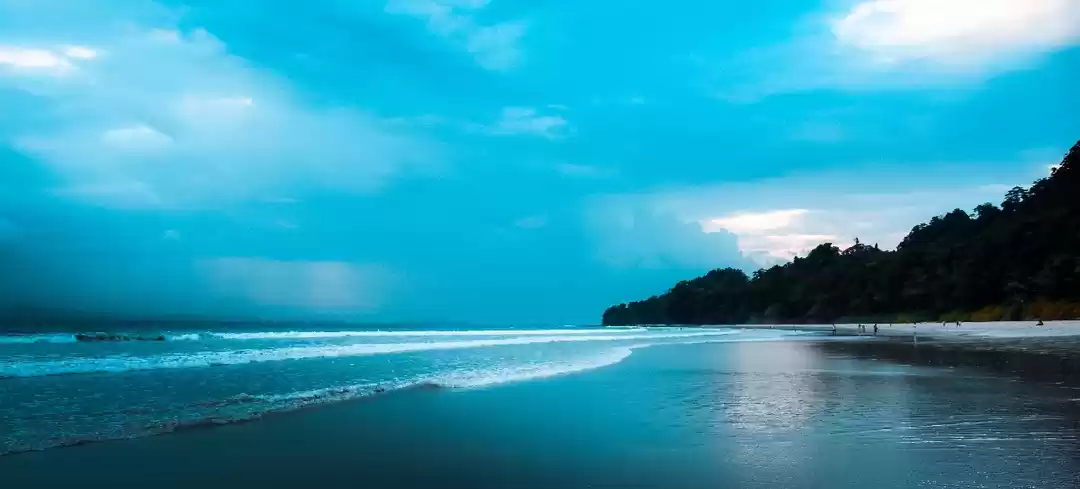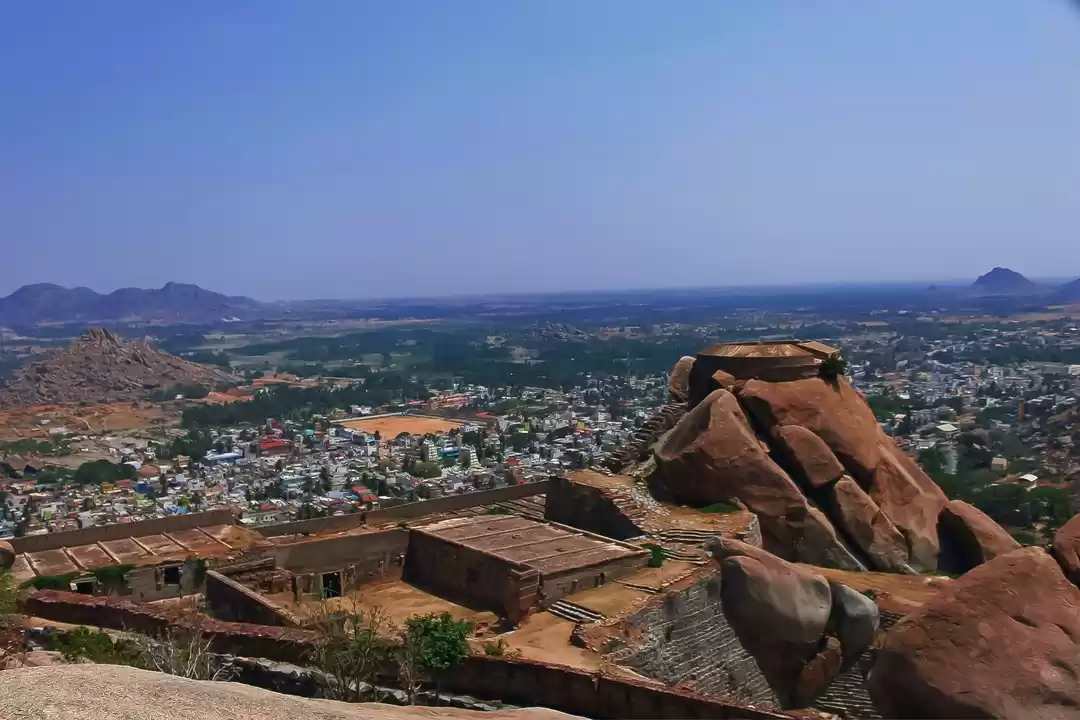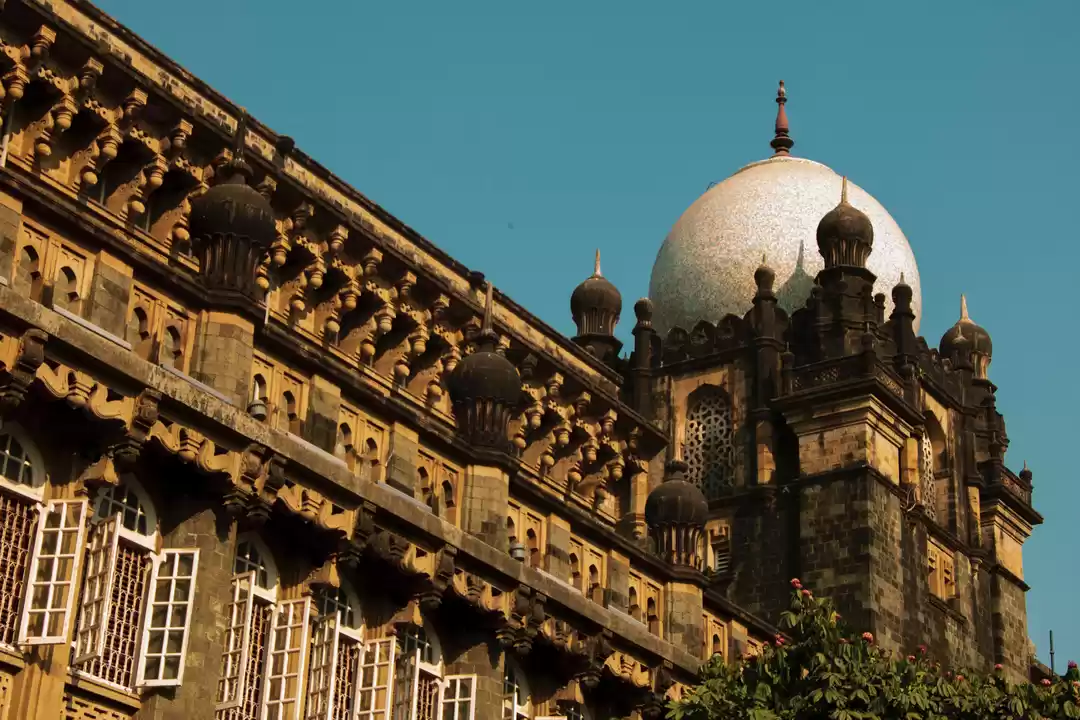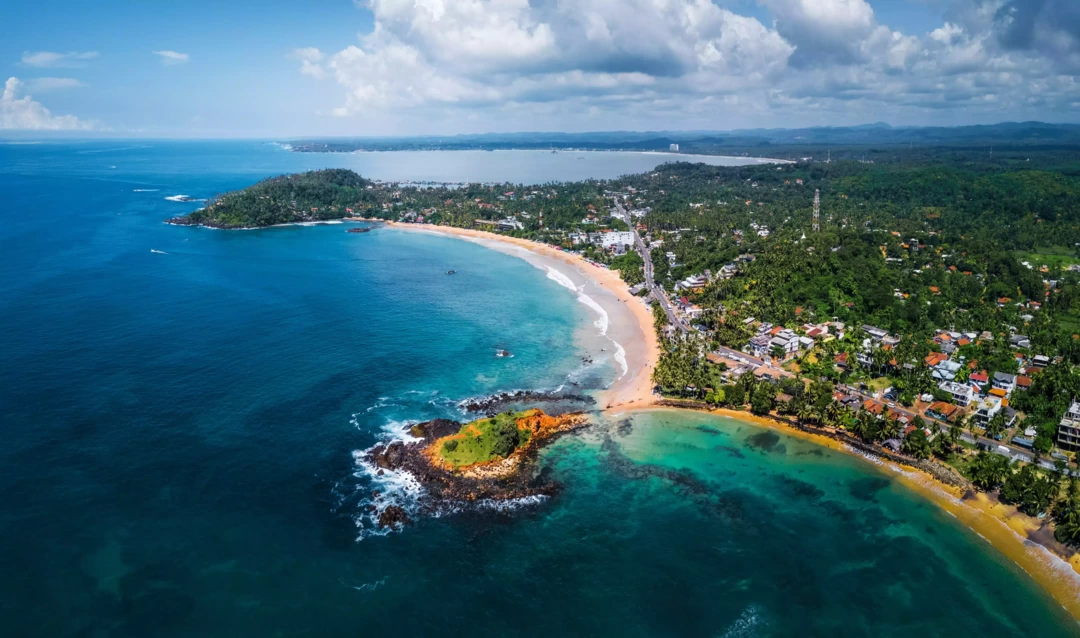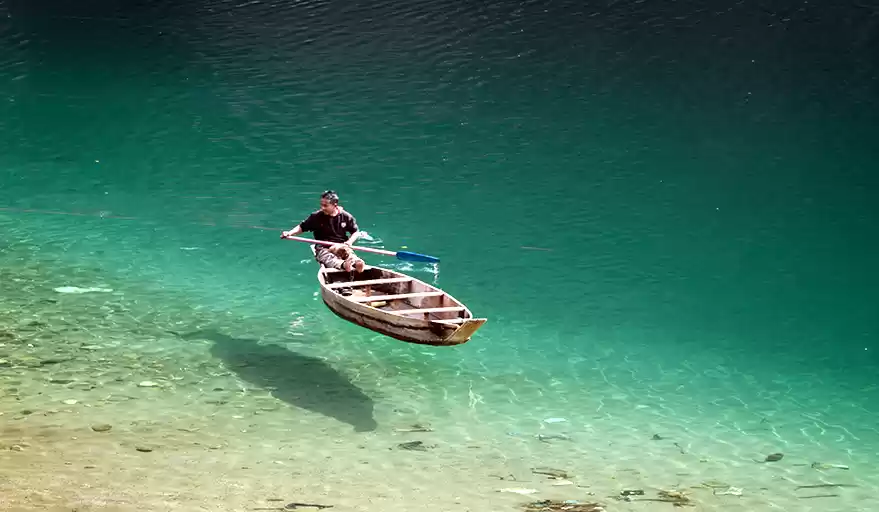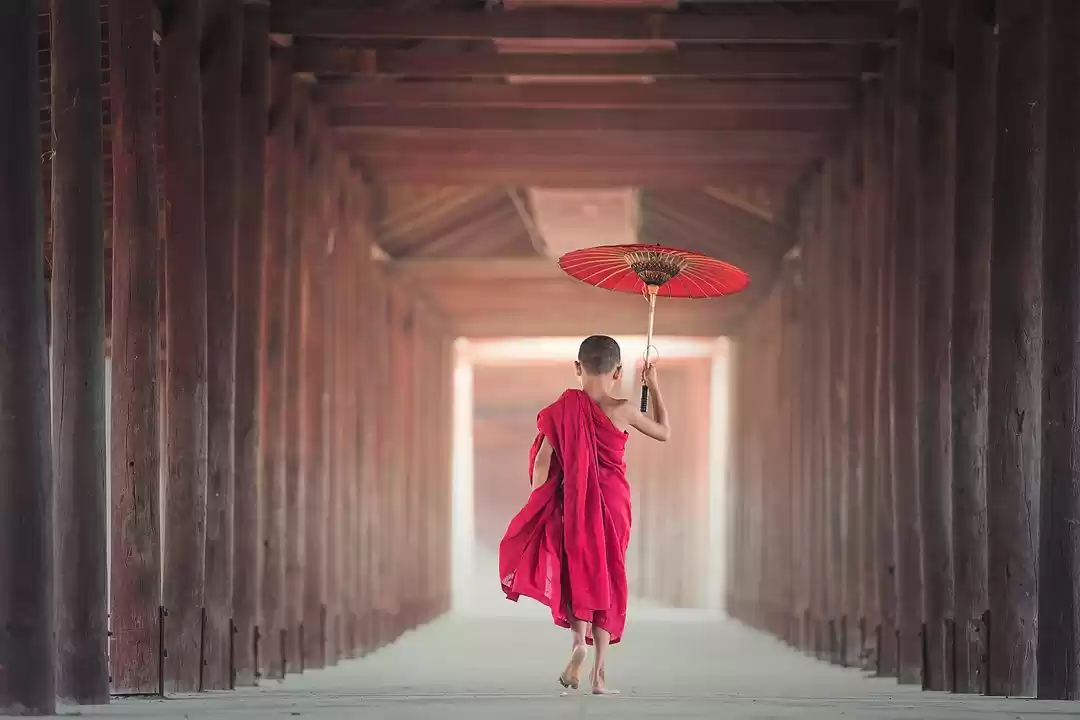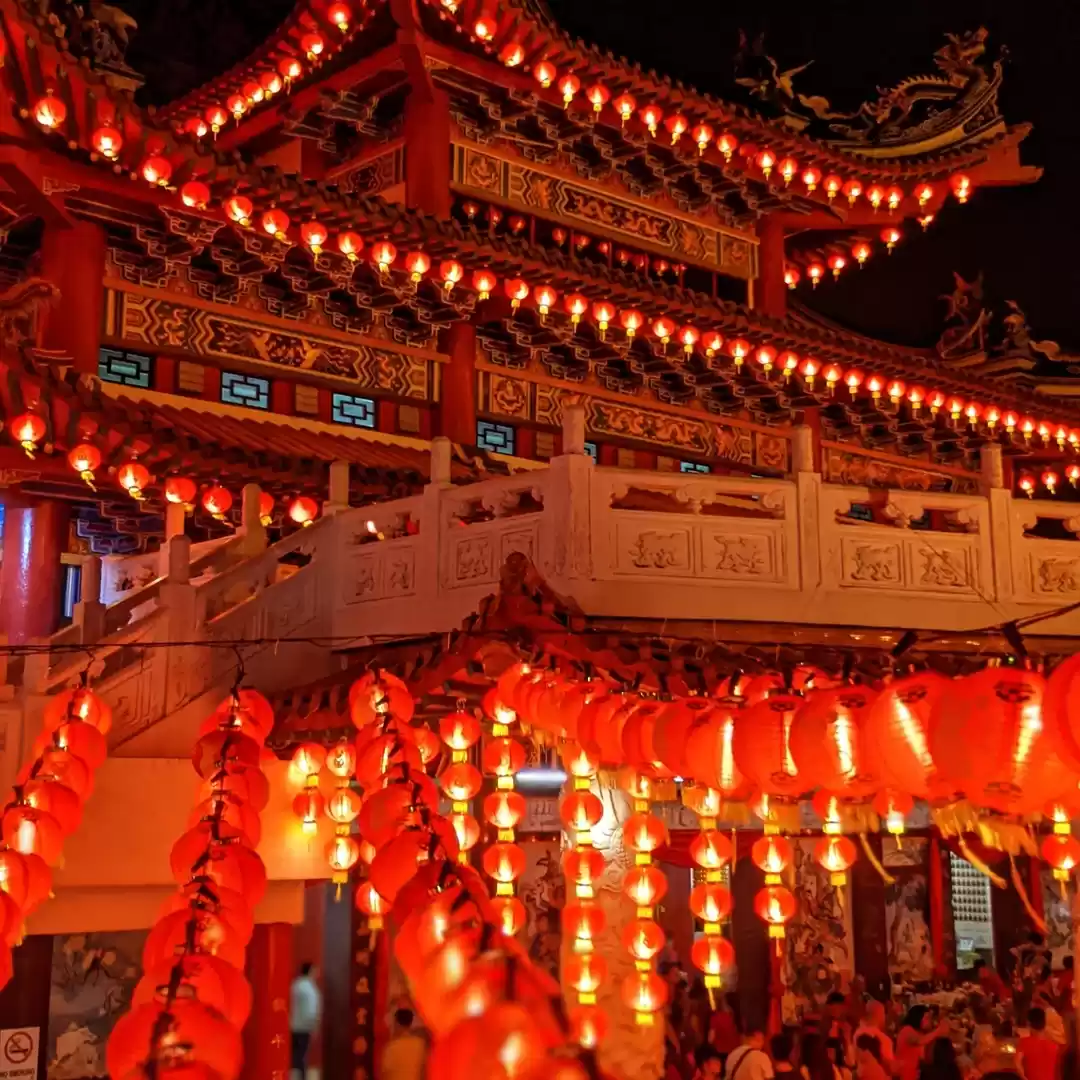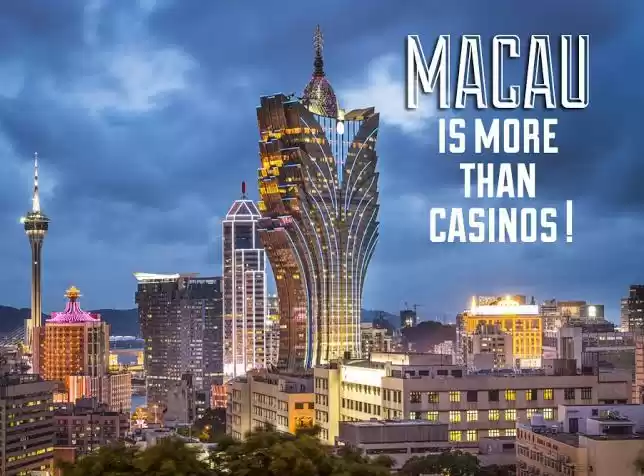Na Tcha Temple
UNESCO-listed Na Cha Temple is usually mentioned as the best symbol of the Sino-Portuguese past of Macau. The small temple measuring only eight by four meters, sits right next to the iconic Ruins of the Church of St Paul, the most famous attraction in Macau.
Legend has it that Na Tcha was the greatest warrior from the Emperor of Heaven, powerful with his spear and fire wheel. One night, as the epidemic was taking its toll among the Chinese and Portuguese residents of Macau, a citizen received a message in a dream informing him that everyone had to drink water from Mount Hill with Chinese medicine and they would beat the epidemic.
Na Tcha Temple was built in 1888 by the local residents to express their gratitude for bringing an end to the epidemic. The temple is open from 8am to 6pm.
Report this ad
St Joseph’s Seminary and church
St Joseph’s Seminary
St Joseph’s Seminary
Source: Macau Heritage
Another UNESCO-listed site, St Joseph’s is further from the other historical buildings in the center of Macau and so it is usually less popular. The church was consecrated in 1758 as part of the Jesuit seminary and was designed in the typical white-and-yellow facade style. Together with the Ruins of St. Paul, this is the only other European baroque building in China.
The Ruins of St. Paul
Ruins of St. Paul
Ruins of St. Paul
The Ruins of St. Paul is the most beautiful place to see in Macau and visiting it is the top thing to do in Macau. It is also the most easily recognisable image of the city. The ruins are all that remains of the former Church of Mater Dei and St. Paul’s College built between 1602 and 1640 and destroyed by fire in 1835.
The facade is located on a small hill up 68 steps. UNESCO declared it a World Heritage Site in 2005 and it is the most important building in the 22 included in Macau’s UNESCO nomination.
The facade is beautiful even in ruin, and is made of five levels topped with a triangular pediment which symbolises divine ascension. On it, there are motifs and representations from the bible, from mythological scenes as well as Chinese characters and lions, Japanese chrysanthemums, and Portuguese nautical motifs. The College of St. Paul was the first western university in the Far East and had a complete curriculum ready to prepare the missionaries to do work in Japan and the rest of China.
You can visit the Sacred Art Museum and Crypt behind and underground as well as admire the facade from the steps below. The museum and crypt are open from 9am to 6pm but the ruins are good all day long, and especially pretty at night when the steps are emptier from the tourist rush.
Report this ad
Fortaleza do Monte
Fortaleza do Monte
Fortaleza do Monte
Source: Macau Heritage
Also known as Mount Fortress, Fortaleza do Monte was another crucial structure to hold off an invasion from the Dutch in 1622 and is also included in UNESCO’s list. The fortress was equipped with enough canons, ammunition, and arsenal sufficient to hold a siege lasting up to two years.
Mount Fortress inspired the Chinese to build similar structures to defend their long coast elsewhere. The area was demilitarised in 1965 and the government built the Macau Museum on site in 1998. The museum is an interesting stop in your visit. The Fortress is right above the Ruins of St. Paul so a nice way to arrive at the ruins is to do so while wandering down from the fortress.
The fortress is open 7am to 7pm and the Museum from 10am to 6pm.
Leal Senado Square and building
Leal Senado, located on the most famous road in Old Macau, Largo do Senado, is the most important tourist spot in Macau and one of the most popular places to visit. The square receives its name from the Leal Senado building presiding over it which was the municipal chamber named as such because of the City’s Portuguese nickname, bestowed by King John IV in 1654 for its loyalty to the crown during Spanish occupation.
You can go in and visit the building from the inside. There is a small patio at the back, beautiful blue tiled stairs and large halls in the upper floor. From here you can also take beautiful photos of Leal Senado Square below through the windows. The building is open from 9am to 9pm and has public bathrooms
"Leal Senado"
The square was remodelled in 1990s, made pedestrian and paved with a wave-patterned mosaic of colored stones that is so typical of Macau. The area is filled with shops, restaurants and people at all times of day and night. During Christmas, it is decorated like any other European city. Here is also where a lot of the street food carts can be found.
The Holy House of Mercy
Holy House of Mercy
Holy House of Mercy
The Holly House of Mercy is a well established institution located on Senado Square and founded by the first Bishop of Macau in 1559 to tend to the orphans and widows of the sailors who died at sea. The facade is grand and beautiful and painted in white instead of the common pale yellow of other buildings.
Inside you can visit the Museum of the Holy House of Mercy.
A Ma Temple
"A Ma Temple Macau entrance"
A Ma Temple Macau entrance
A Ma Temple is a Taoist temple built in 1488, well before Macau was created, by seafarers who dedicated it to Matsu, their goddess. The name Macau is said to originate from this temple. When the Portuguese arrived, all the locals could repeat was “A-Ma-Gau” (bay of goddess A-Ma), which the Portuguese interpreted as the name of the area.
The temple has expanded throughout the centuries and is today a varied and rich mixture of Chinese architectural styles and religious motifs. As the temple grew, more deities were added from the various Chinese beliefs, from Confucianism, Taoism, Buddhism and other traditions.
"A Ma Temple Macau"
A-Ma is always crowded with people, worshippers and tourists alike, who can be seen lighting incense. As the temple is located on Barra Hill, it perfectly integrates with the lush and green surroundings. One of the nicest things to do in Macau is to join the spirituality and write a wish to hang in the tree of wishes. You can buy the red cards at the temple. Or perhaps you can light some incense, also on sale at the temple.
The temple is open from 7am to 6pm, go early to avoid the crowds.
Kun Iam Temple
"Kun Iam Temple"
Kun Iam Temple
Kun Iam Temple, originally called Pou Chai Temple or Puji Temple, is Macau’s oldest temple and was founded in the 13th century, but the present structures date back to 1627 as indicated in a wooden table.
The Buddhist temple hosts the likeness of Kun Iam, the Goddess of Mercy and it is an emblematic Macau attraction because it was the place where the first Sino-American treaty was signed, in its terraced gardens, in 1844.
The temple is not to be confused with the statue of the same goddess, located elsewhere. As this is further away from the main tourist spots in Macau, the Kun Iam is much less crowded than A-Ma and in fact I could not believe it was almost empty when I visited, safe for devotees. When you walk pass the temple, you don’t have a feel for how large it is inside.
Spend some time in one of the three main halls or in the large garden courtyard taking it all in.
Kun Iam Statue
Kun Iam Statue
Kun Iam Statue. Wikipedia Chaowo idwioau (CC BY-SA 4.0)
The Virgin Mary–like 20 meter statue emerges in bronze casting from a 7 meter lotus located on a man-made island in the outer harbour. The structure sits atop an ecumenical center and it was designed as a symbol of friendship and respect among all peoples.
St. Lawrence Church
St Lawrence Church Exterior
St Lawrence Church Exterior. Flickr Azchael (CC BY 2.0)
Built by the Jesuits in the mid-16th century, this is one of the three oldest churches in Macau. The church used to be called Feng Shun Tang, the Hall of the Soothing Winds, for the families of Portuguese seafarers who used to come here to pray and wait for their loved ones to return from the sea.
Macau Fisherman’s Wharf
Macau Fisherman's Wharf
Macau Fisherman’s Wharf. Flickr Klaus Nahr (CC BY-SA 2.0)
This wharf is the largest entertainment complex right off the ferry terminal in Macau Peninsula. It has over 150 stores and restaurants in several buildings styled like Cape Town’s waterfront. If you need a bit of an escape from the rest of the historical buildings but do not fancy the casinos, Macau’s Fisherman’s Wharf might be a good place to meet halfway.
Report this ad
Macau Wine Museum
Macau Wine Museum
Macau Wine Museum. Wikipedia KAMSAND23 (CC BY-SA 2.5)
Divided into a Historical information centre, a Wine Cellar, a Museum and an Exhibition centre, the Macau Wine Museum Includes displays of Portuguese wines and a wine tasting stations. Over 1,100 types of wine are on display at the only museum in Macau where beverages are allowed. About 90% of these are of Portuguese origin, including the oldest bottle – the Porto 1815. For MOP$15, you can have a tasting of selected bottles. There is also a rundown of Portugal’s various wine regions, and a (rather bland) display of wine racks, barrels, presses and tools. Closed from 1st July 17 for renovation until further notice so do check that it is still open before going.
Grand Prix Museum
Grand Prix Museum
Grand Prix Museum. Wikipedia KAMSAND23 (CC BY-SA 2.5)
The Macau Grand Prix Museum is right next to the wine Museum and is a great motor racing museum. It opened in 1993 to celebrate the 40th anniversary of the Macau Grand Prix, which takes place every year in November, and showcases a number of items from the many races. Closed from 1st July 17 for renovation until further notice so do check that it is still open before going.
More information and reviews here
Have tea at a traditional tea house
Lung Wah Tea House
Lung Wah Tea House
Lung Wah Tea House is a vintage Cantonese style teahouse which opened in 1963. You can sit by the window and watch people walk by or observe the tea market where the teahouse buys its tea every day downstairs, all with a cup of tea and some dim sum. The tea house was opened by the parents of the current owner and served as a meeting place for the laborers at the harbour, which is nearby.
The old Chinese of drinking tea is still alive here, although this is one of the few such places which exist in Macau today, worth a trip down memory lane. The menu here is not in English but you can choose your dim sum from a cart based on what you see.
Have a Michelin starred meal
Like Hong Kong, Macau has a lot of Michelin-starred restaurants, even two with three stars, ready to absorb all those hard earned casino dollars. For some of the most interesting meals, head to the Grand Lisboa, where there are three restaurants with stars, including the top two, one Chinese and the other French, of Robuchon fame.
The Eight
The Eight Macau
The Eight Macau
The Eight is one of few 3 Michelin starred restaurants in Macau specialising in very creative and fine dining dim sum. The name is auspicious in Chinese and the outlet is flash with water cascading down the wall and dripping chandeliers. Reservations are essential. Read my full review here.
Robuchon au Dome
Robuchon au Dome Lisboa Hotel
Robuchon au Dome Lisboa Hotel
Robuchon au dome is another 3 Michelin starred restaurant (the second one in the Lisboa Hotel) of famous celebrity chef Joel Robuchon who has the most Michelin stars in the world and outposts in other Asian cities like Singapore or Hong Kong. Expect the same caliber as in his other venues, and French cuisine with refined elements in an utterly flash environment so characteristic of the Lisboa Hotel. Read my full review here.
Report this ad
Enjoy Macanese food
A Lorcha
A Lorcha
‘The Sailboat’, A Lorcha is one of the most popular places to stop at if you go to A-Ma Temple as it is nearby. Expect usual Portuguese and Macanese fare in generous portions and in a quaint family-style room with arched columns. I very much enjoyed eating here and sampling the local dishes, it all felt very authentic and genuine, rustic even. Plus they say that Macanese food is the first fusion food that existed created as a result of Portuguese utensils and cooking techniques used to prepare Chinese recipes. There are very few places serving Macanese food and A Lorcha is one of them. Book a foodie walking tour of Macau by clicking here.
Indulge in Portuguese favorites
Antonio from outside
Antonio from outside
Cozy and blue and yellow-tiled, this restaurant in Taipa Village embodies Portugal in Macau. The chef is entertaining too and the menu is more sophisticated than other venues. The building is tall and narrow and the tables are spread across the various levels. Antonio is a great place for Portuguese food in Macau so if you only try one, let it be this one and call ahead to order the advance booking special menu that is full of signature dishes and indulge in the crepe suzette, which he will flambe tableside. I very much recommend this restaurant.
Visit the Michael Jackson gallery
The Sofitel Point 16 Hotel where I stayed for a couple of days, has an interesting collection of Michael Jackson objects, photographs and other paraphernalia at the Michael Jackson Gallery. It also has a Michael Jackson themed suite in its Mansion area which I got to visit with the staff. The gallery is small but well worth it if you are a Michael Jackson fan.
Things to do and see in Taipa, Cotai and Coloane
The island is where many of the large and flash hotels and casino complexes of Macau are located. Taipa and Coloane used to be two separate islands with rich heritage, which were united through landfill in the middle, creating what is today called the Cotai strip.
The Cotai Strip mimics the Las Vegas Strip, complete with the same hotels and architecture, expect dancing fountains, the Venetian, an Eiffel Tower and other adult-entertainment options.
Although I am not much of a gambler and this is a non-gambler list of things to do in Macau, there are parts of the casino complexes that are worth a visit, because they are a fascinating insight into the world of Chinese gambling and because some of them are fun.
If you end up gambling, remember Stanley Ho’s famous quote: “No one can win all the time. We advise you to play merely for pleasure and to risk only what you can spare.”
Go on a night bus tour
"Cotai Strip at night"
Cotai Strip at night
Only in Macau can you have a night bus tours as an amazing tourist activity. When the city lights come out, the entire city, but particularly the Cotai Strip, come alive in a mesmerising way. You can book tickets for a night bus tour here. The tour covers both Cotai and the Old Macau parts but I reckon Cotai is where the real casino and luxury hotel neon light show is most amazing, don’t you think?
#20ThingsILoveAboutMacao
#TripotoCommunity
#rcpy3131


